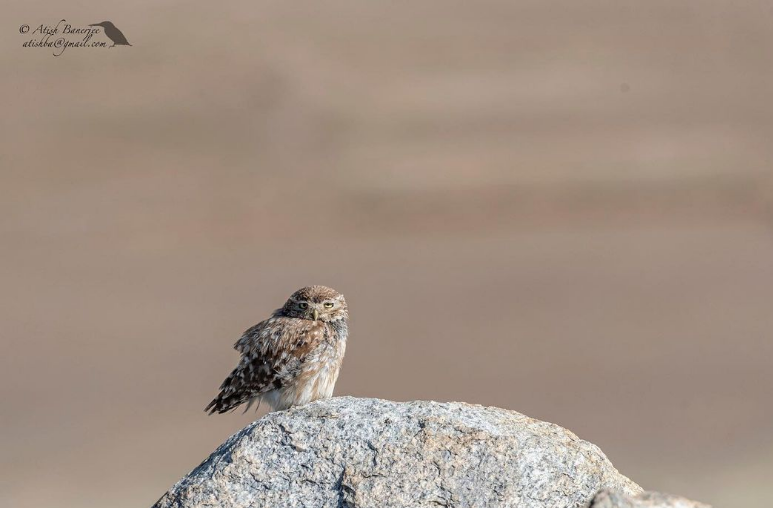Every year most birds are believed to migrate South during winter to escape the harsh cold and travel back North during spring. Around 400 species of birds are said to migrate to the Indian subcontinent from nine flyways, among which many are nocturnal migrants. India is nestled between three migratory flyways :- The Central Asian flyway, East Asian Flyway, East Asian- Australian Flyway and thus is a temporary home to many seasonal or passage migrants. Unfortunately, light pollution is proving problematic for bird migration.

Why does bird migration occur at night?
- They use constellations for navigation:-
Their directional compass orientation is based on the position of the stars, and can determine the longitudinal and latitudinal coordinates as well as navigate, which provides them a positional grid.
- Helps them maintain their body temperature:-
Approximately body temperature of birds ranges from 38°C to 44°C and as they need to conserve their energy for covering large distances it is essential for then to avoid extreme temperature conditions, because of this migrating at night helps them escape the substantial heat of the day.
- Avoid predators:-
Most raptors such as hawks, kites, eagles, etc. and other mammalian predators are also active during daytime as they require heat radiations to glide and forage, in order to avoid falling prey birds prefer migrating at night.
What guides bird migration?
It is believed that birds direct their flight with reference to the magnetic field, this is said to be achieved because of a protein called cryptochrome which makes them sensitive to blue light. Studies have shown that cryptochrome in birds have evolved in a way to provide sensitivity towards blue light even in darkness or low light conditions,
There are five cryptochromes present in the retina viz. Cryptochrome 1a, cryptochrome 1b, cryptochrome 2, cryptochrome 4a, cryptochrome 4b out of which cryptochrome 1a and Cry4 are debated to be responsible for magnetic compassing.
So how does light pollution impact bird migration?
The growing number of skyscrapers, residences and tall infrastructures have been adding up to the light pollution causing a hindrance in their navigation. The main sources of light pollution are artificial lights at night (ALAN) and skyglow, ALAN directs light in high intensity while skyglow is just reflected portions of ALAN, even though it’s not as intense as ALAN, skyglow is still brighter than the celestial bodies and deceives birds into changing their pathways attracting them to the wrong light or because of the natural light sources being masked.
‘Birds and the Post tower in Bonn’, a case study of light pollution published in the Journal Of Ornithology showed a study held for six consecutive autumn seasons reported 1478 bird casualties out of which 107 were dead when found, all because of the disorientation caused by the bright lights emitted from a single tower.
Many nocturnal pollinators such as moths, beetles and even bees are affected by night lights, not only does it cause the species decline in insects but also affects the dispersal of plants and plummet in the number of birds who are dependent on these insects.
Why are migratory birds important and need safeguarding?
Migrations include birds travelling from destinations regardless of the migration being long or short, they play a pivotal role in seed dispersal and pollination, they are also good indicators of various seasonal changes. Clamator jacobinus (Pied cuckoo) is an Avant-courier of monsoon in India to begin seed sowing, some migrants are ecologically significant as they are prey or predator seasonally in specific regions. Few birds can carry fish or insect eggs in their guts and transport them to new locus while the nitrogen rich guano of some is an excellent organic fertilizer.
What can be done?
- A swish and flick can indeed levitate the quandary faced by these aves, just flicking off the lights which are unrequited can be a simple but significant solution in mitigating the crisis.
- Another significant method involves using of lights with less destructive wavelengths, blue and UV are infamously known for their negative impact on animals, which is why eliminating usage of such lights should be brought into action.
- Using lights which point downward and shadow plate coverings would be beneficial for tackling the situation as well.
- Usage of warm LED and CFLs allows the necessary amount of light unlike harsh lights which cause glare.
Help us Help Them! Think Wildlife Foundation is a non profit organization with various conservation initiatives. Our most prominent campaign is our Caring for Pari intiative. Pari is a rehabilitated elephant at the Wildlife SoS Hospital. 25% of the profits from our store are donated to the elephant hospital for Pari. Other than buying our wonderful merchandise, you could donate directly to our Caring For Pari fundraiser.
Written by: Riya Patil
